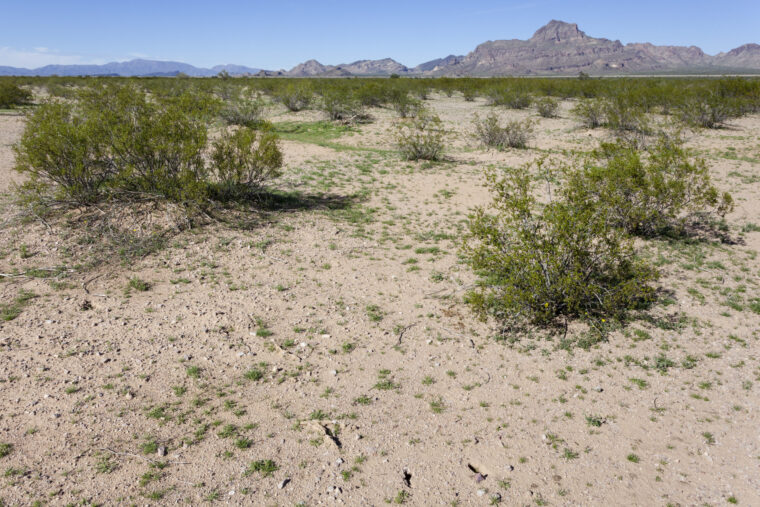
The Arizona Geological Survey at the University of Arizona (U of A) is leading a feasibility study exploring the storage of carbon dioxide deep beneath the desert.
The feasibility study, funded by the Department of Energy’s National Energy Technology Laboratory, is looking at storing the carbon in the deep subsurface of the Harquahala basin, located about 60 miles west of Phoenix. It’s part of a larger national effort to identify ideal geological locations for carbon dioxide storage in the U.S.
The Carbon Storage Assurance Facility Enterprise (CarbonSAFE) II project is set to begin in March of 2025, and could lead to a 25% reduction of Arizona’s overall carbon emissions over the next 40 years.
Experts from U of A, the New Mexico Institute of Mining and Technology, the University of Utah and Los Alamos National Laboratory are working together on the project. They will examine sedimentary and volcanic rocks in the Harquahala basin, which shows promising characteristics for carbon dioxide storage.
The Arizona Geological Survey will lead the project’s technical evaluation and data integration efforts, while the university’s Office of Societal Impact will evaluate benefits and impacts to the community.
Researchers at U of A believe that rocks more than 5,000 feet beneath the ground are suitably permeable and porous for carbon dioxide storage. The CarbonSAFE II project will utilize well drilling and 2D seismic energy to assess the basin’s carbon dioxide storage potential. That information will then be used to build a 3D geological reservoir model to track the size and position of the carbon dioxide plume over time.
The project will also examine potential risks of underground storage in the basin. The site was chosen in part for its proximity to a carbon dioxide-emitting power station as well as access to the Interstate I-10 transportation corridor with existing pipeline infrastructure.
According to researchers, about 50 million metric tons of carbon dioxide could be captured and stored over 30 years.
Photo courtesy Patrick Alexander from Las Cruces, NM, CC0, via Wikimedia Commons
The post University of Arizona leading DOE study on underground carbon storage appeared first on Government Market News.
